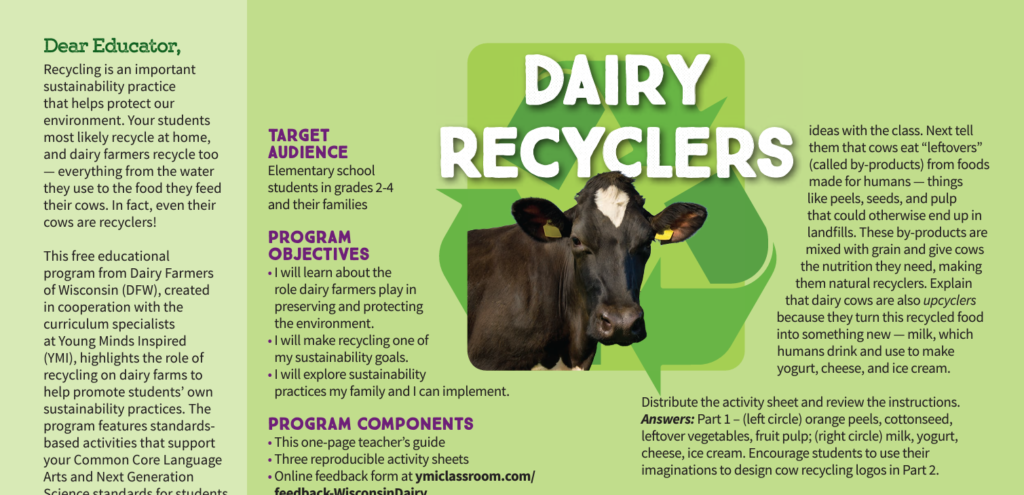Author: info@discoverdairy.com
Get Creative With All Things Cow-Related This Winter
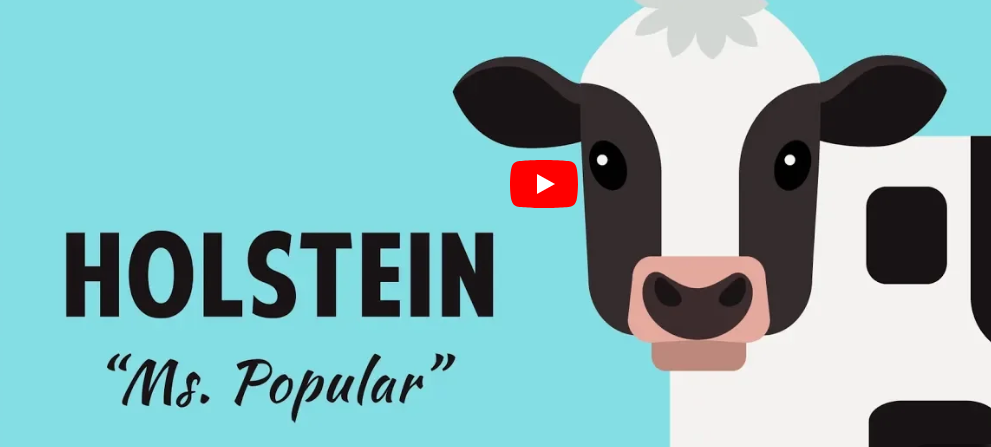
| We hope you can utilize these resources and activities to enhance your classroom experience! – Calving Corner: Tune in to see the Calving Corner Exhibit at the Pennsylvania Farm Show from January 4-11, 2025! This is a live dairy cow birthing exhibit so you can witness the miracle of birth firsthand.Check out the Facebook page for information leading up to the event and photos of the calves as they are born. Watch the live births on YouTube! Age group? All ages. –Meet the Cows: Have you ever wondered why not all dairy cows look the same? That’s because there are different breeds and types of cows, just like dogs or horses! Watch this short animation to meet the seven major breeds of dairy cows — Ayrshire, Brown Swiss, Guernsey, Holstein, Jersey, Milking Shorthorn and Red and White Holstein. Age group? Elementary and Middle School. Click here to learn more about each type of cow or download this handout to share in your classroom! – Leaf Scavenger Hunt: Still finding leaves outside? Take a scavenger hunt with your students and create cow-print leaves. Age group? Elementary School. –Coloring Contest: The 2025 Pennsylvania Farm Show Coloring Contest is now accepting entries! Have your students grab some crayons, colored pencils or markers and submit their colored picture by December 15. Age group? All! Download the coloring pages, entry form and rules. |
Dairy Fun Fact
Did you know that cows are color blind and cannot see the color red?
Share this fun fact with your students
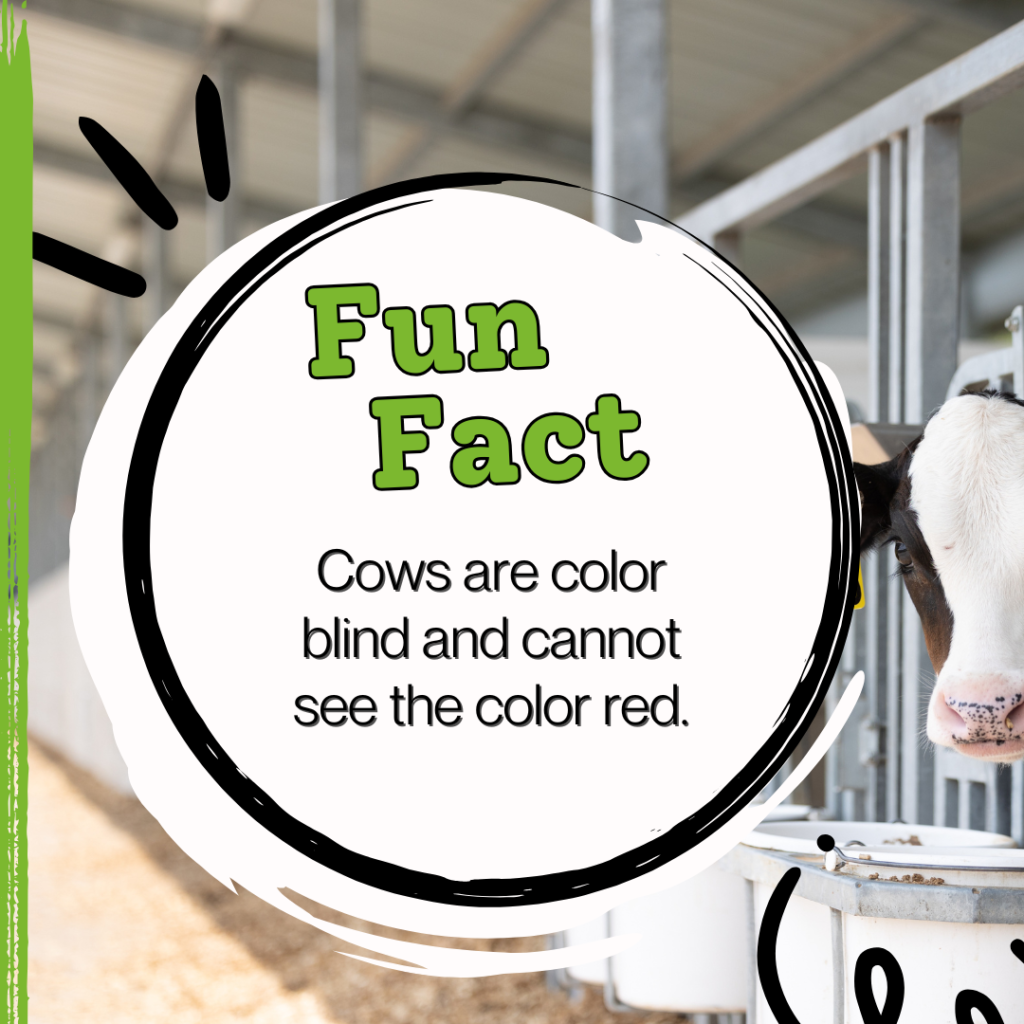
Hot Chocolate in the Classroom
This hot chocolate recipe is a fun dairy treat to share with your classroom as we head into the colder months.
Ingredients:
- 1 cup white sugar
- 1 cup cocoa powder
- 2 cups water
- 10 cups milk
- Whipped cream
- Mini marshmallows
Click here for the full recipe and instructions!
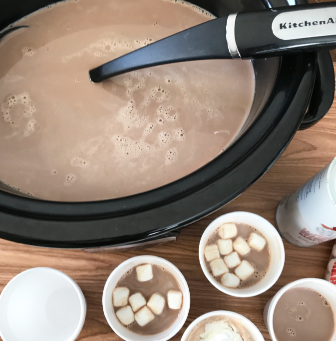
Curious Clover Adventures
Check out these examples of how teachers and families have used the Curious Clover
coloring sheet to help their students expand their creativity after reading the book!
We’d love to see your creativity and share it with others too! Send your photos and stories to us at info@discoverdairy.com.

Holiday Stocking Stuffer Idea: Curious Clover Books

If you’ve been enjoying the Adopt a Cow experience so far, and you want to take what you’re learning about Milkshake to the next level, our Curious Clover books can be an exciting stocking stuffer for your students this holiday season.
The books can be shipped to you this December for a $15 donation, with an arrival date of December 13. You must make your donation and place your order by Dec. 1 to ensure arrival by Dec. 13.
Here are a few ideas for incorporating Curious Clover into your holiday fun:
- Get a copy of the book for your classroom bookshelf, and include a fun note on the book when it arrives explaining that it’s a “gift” from your adopted calf, Milkshake.
- Encourage parents to get a copy of the book for their child as a “stocking stuffer” to help encourage reading and ag literacy. You can send the attached flyers to parents to share more information about the books.
- Gift the book to a young reader in your family or community. You can select “This is a gift” when you make your donation and order the book, and it will be mailed directly to the person of your choice.
- If you’re able to read the book as a class before your holiday break, make sure to check out the accompanying activities and resources, including a coloring sheet that would be perfect for winter break. Students can draw their own Clover and take it on their holiday break adventures. Tag us on social media with this hashtag #WheresCuriousClover, or email us with your creations!
Celebrate Fall and Thanksgiving in the Classroom
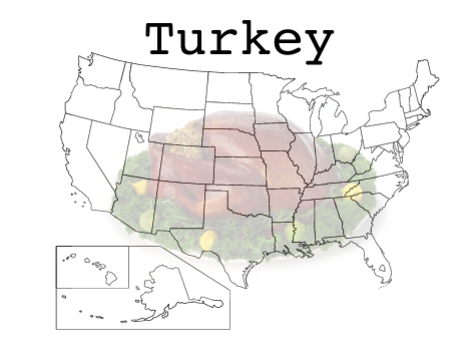
We hope you can utilize these resources and activities to enhance your classroom experience!
- A Dairy Farmer’s Team: Dairy farms — whether large or small — make animal care a top priority. They have a team of specialists to help them provide cows with comfortable living conditions, a nutritious diet, and good medical care. Age group? Elementary and Middle School.
- Yogurt Cup Turkey Craft: If you’re feeling festive and want to help your students get a serving of dairy in their diet, try making these yogurt cup turkeys in your classroom! After each student enjoys their favorite flavor of yogurt, take some feathers, paint, foam and googly eyes. Watch the cups transform into colorful turkeys! Age group? Elementary and Middle School. Click here for examples.
- Geography of Thanksgiving Dinner: In this free lesson plan students identify common Thanksgiving foods and their farm source, determine if those foods can be produced locally, and locate the common origins of their Thanksgiving day dinner. Age group? Grades 6-8 and 9-12. Click here to find the free lesson plans.
- Coloring Contest: The 2025 Pennsylvania Farm Show Coloring Contest is now accepting entries! Have your students grab some crayons, colored pencils or markers and submit their colored picture by December 15. Age group? All! Click below to download the coloring pages, entry form and rules.
Dairy Fun Fact
Did you know that milk arrives at your school in as little as 3 days after leaving the farm?
Share this fact with your students to teach them how fresh their lunch milk is!
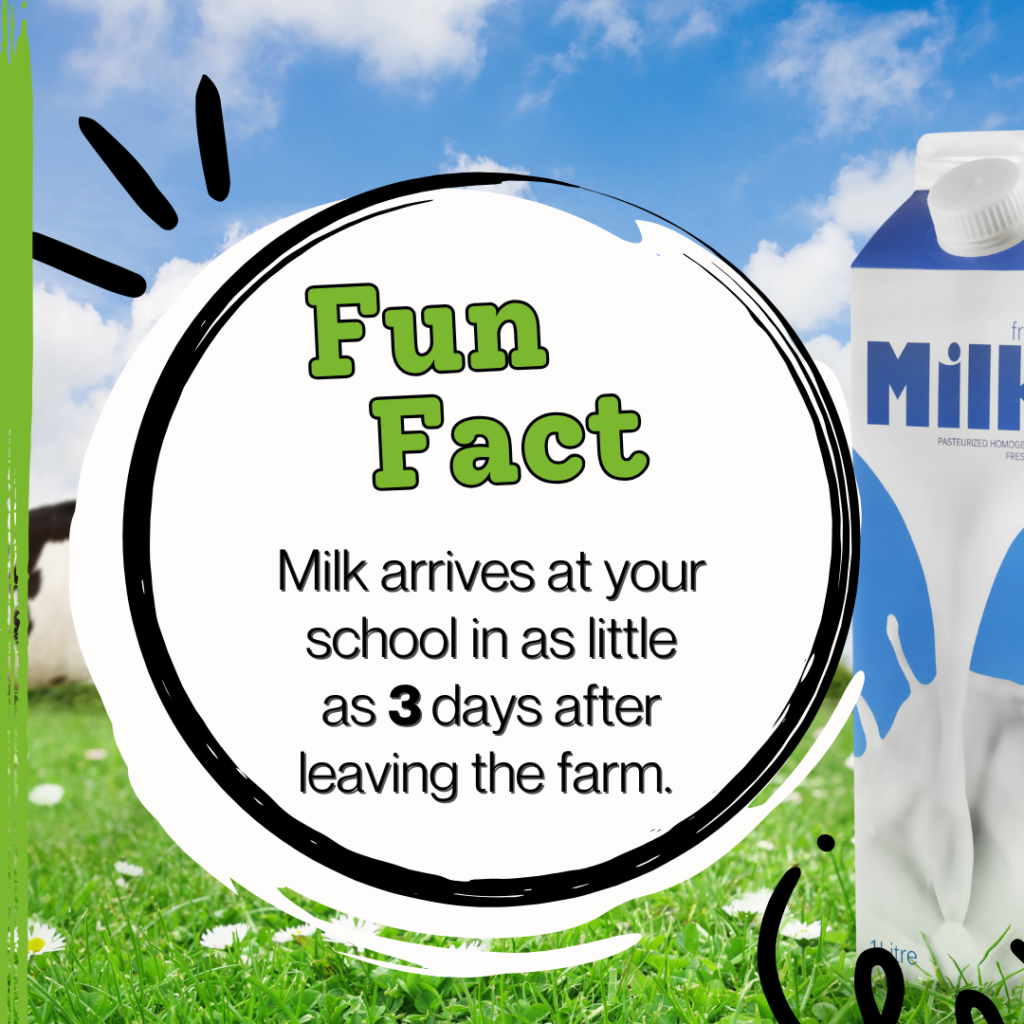
Thanksgiving Turkey Cheese Ball

| This Thanksgiving-themed turkey cheese ball is a fun way to share a dairy snack while celebrating the Thanksgiving holiday! Ingredients: – 8 oz. package cream cheese – 1 cup shredded cheddar – 1/2 cup chopped up mixed nuts – 2 candy eyes – 1 Slim Jim Pretzel sticks – 1 round chocolate candy – 1 candy corn – A few teaspoons of melted chocolate Click here for the full recipe and instructions! |
Farm-to-Table Learning Idea
Check out this Farm-to-School Lunch celebration held at Connie’s school. She adopted a calf and now the students can connect with local farming and explore the journey of fresh, nutritious food. They created a menu with locally sourced foods from their community.
We’d love to see your creativity and share it with others too! Send your photos and stories to us at info@discoverdairy.com.




Dairy Recycling and Sustainability Activities
We hope you can utilize these resources and activities to enhance your classroom experience!
- Wear Your Milk: Milk fabric, or milk cotton, is an eco-friendly textile made from casein, a milk protein. It’s known for being soft, durable, and breathable with a cotton-like texture. The production process uses minimal water and low-impact dyes, making it sustainable. Although milk fabric originated in the 1930s, advancements in technology have improved its viability, blending it often with cotton or silk for added durability. Teachers can use this topic to explore sustainable textiles and biotechnology in the classroom.
Age group? Middle school. Learn more about the process of milk cotton fabric!
- Dairy Recycling Lessons: Water and milk are important partners in dairy farming; in fact, milk is 90 percent water. Only about 1 percent of the Earth’s fresh water is suitable for human, plant, and animal use, so conserving water in dairy farming is as important a goal for farmers as it should be for your students and their families — because we all share the same local watershed, whether we live in a rural, suburban, or urban community.
Age group? Grades 2-4. Click here for lessons and activities related to dairy recycling.
